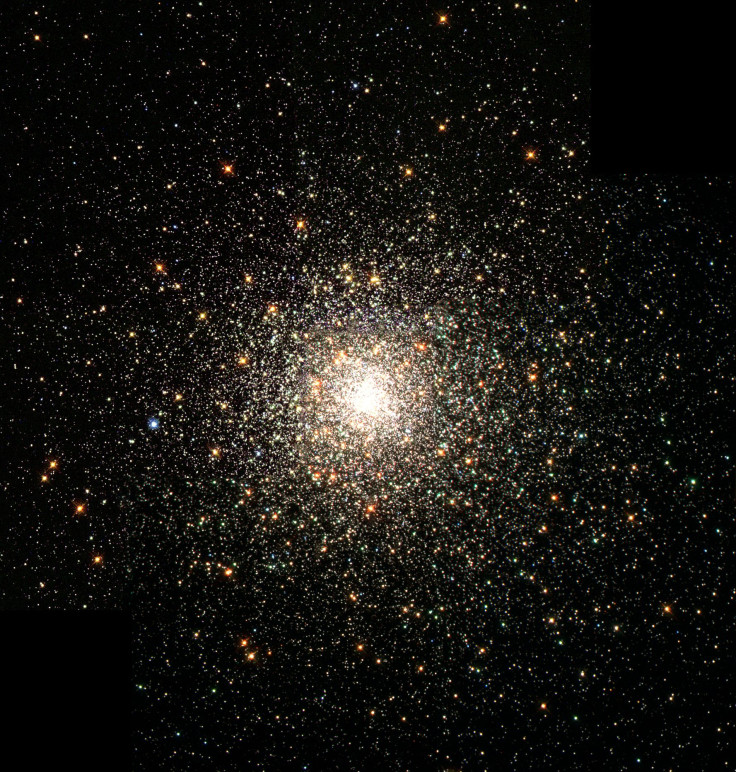Decades-Old Mystery Of Universe’s Oldest Star Clusters Finally Solved

Globular clusters — densely packed groups of some of the oldest stars — have always been an intriguing aspect of the cosmos. They contain hundreds of thousands of stellar bodies and provide new insight into the history and evolution of our universe, which came to be some 13 billion years ago.
Scientists have been studying globular clusters for decades and have found more than 150 of them in our galaxy itself. They believe the stars making up these structures formed soon after the universe’s birth. However, the discovery and analysis of the clusters also revealed a major mystery — why the stars they contain are made of different materials than all other stellar bodies sitting across Milky Way?
The difference between chemical elements was first noted way back in the 1960s. Scientists validated the observation in the ensuing decades, but the question largely remained unanswered because the levels of heat required to produce such elements were ten times higher than the temperatures of the stars. Meaning, the stars were not enough to produce the peculiar material themselves.
However, a new research, led by a team at the University of Surrey, United Kingdom, suggested a different scenario, one in which supermassive star weighing several thousand times more than our sun held the job of element production.
The group ran a model to demonstrate when globular clusters were beginning to form billions of years ago, they were filled with dense gas that brought new stars to life and acted on those already formed. These stars kept collecting this gas and as that happened, they were driven closer to collide and form a supermassive star.
Once the supermassive star formed, it could have easily produced the amount of heat required for the creation of the elements in question and contaminate all other stellar bodies sitting in the cluster neighborhood with the same.
"There have been many attempts," Henny Lamers, co-author of the study, said, "to solve this problem that has puzzled astronomers for decades and I believe that this is the most promising explanation that has been proposed so far.”
The group plans to verify the connection demonstrated in this model by peering deep into the universe with different telescopes and looking for the presence of supermassive stars in young globular clusters.
“What is truly novel in our model is that the formation of the supermassive stars and the globular clusters are intimately linked,” lead author Mark Gieles added in the statement, noting that “this his new mechanism is the first model that can form enough material to pollute the cluster and with the correct abundances of different elements, which has been a long-standing challenge.”
The study titled, “Concurrent formation of supermassive stars and globular clusters: implications for early self-enrichment,” was published in the Monthly Notices of the Royal Astronomical Society.
© Copyright IBTimes 2024. All rights reserved.





















